One of the most exciting features in Apple’s iPhone 14 and iPhone 14 Pro is one that you’ll hopefully never need to use: the ability to summon help in an emergency using satellites.
- How Emergency SOS via satellite works
- How do I summon help via satellite in an emergency?
- What do I need to use Emergency SOS via satellite?
- Where can I use Emergency SOS via satellite?
- Is Emergency SOS via satellite available in Europe?
- When will Emergency SOS via satellite be available?
- How much does Emergency SOS via satellite cost?
- What else can I use iPhone 14 satellite communications for?
Dubbed Emergency SOS via satellite, this new feature allows iPhone owners to reach out to emergency services from just about anywhere on the planet — even when far away from cellular and Wi-Fi networks. While it initially launched in the U.S. and Canada, Apple has also expanded its reach to four European countries and has more international expansion plans underway for next year.

When Apple executives introduced the feature during the company’s Far Out event on September 7, they quickly pointed out that cellular coverage is constantly improving. However, as the company execs conceded, it’s still not hard to find yourself in a situation where you may have little or no signal, especially in remote areas where folks are even more likely to need emergency assistance.
How Emergency SOS via satellite works
Apple’s new satellite connectivity feature is solely for emergency use. Apple has not turned the iPhone 14 into a satellite phone, and you still won’t be able to make calls or send text messages without traditional cellular connectivity.
In fact, Emergency SOS via satellite is a feature that we hope most folks will never use. It’s unlikely you’ll see any settings for it on your iPhone; it remains hidden in the background until you need it.
This is also a fallback emergency system. It only activates when you have no cellular or Wi-Fi coverage available at all — from any carrier. As cool and futuristic as satellite communications sound, calling 911 over your cellular network is still a far more efficient way to call for help. Further, in the U.S. and Canada, you can place a 911 call over any cellular network, whether you’re a subscriber on that network or not; you don’t even need an active SIM or eSIM in your iPhone to do so.
Satellite communications are slower than traditional cellular calls and texts as the signal has to travel a much greater distance. Until recently, Apple hasn’t said too much about the satellite network it’s using; in September, an Apple spokesperson told Reuters that it had partnered with Globalstar to deploy the satellite infrastructure and investing a whopping $450 million to cover 95% of the costs involved in building and launching new satellites to power its futuristic emergency SOS network.
On November 10, Apple provided some more details in a newsroom announcement, confirming the investment from its Advanced Manufacturing Fund in Globalstar’s operations and adding that more than 300 Globalstar employees are involved in supporting the new satellite service.
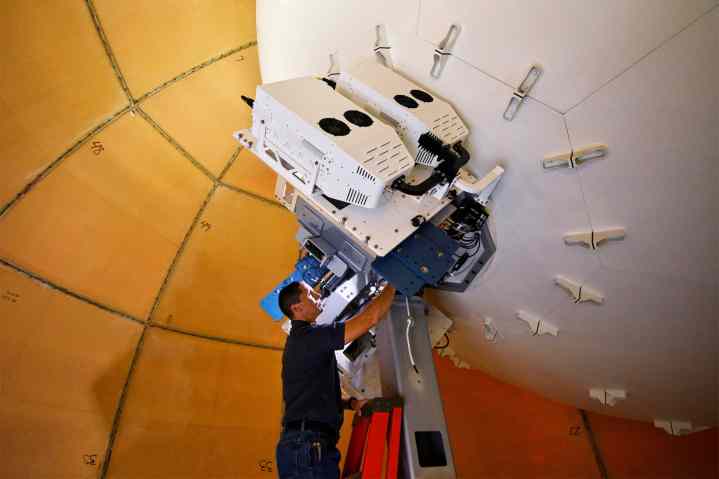
To be clear, Apple’s satellite communications are entirely separate from 5G technologies. Although a rumor last year suggested that Apple was building satellite communications over 5G, similar to what SpaceX and T-Mobile are up to, that’s actually not the case. A few analysts had discovered a new 5G frequency — band 53 — on the iPhone 13 that was licensed exclusively to Globalstar and assumed Apple was planning to use it for satellite communications. However, like most communication technology companies, Globalstar does more than just satellites; it also operates private terrestrial LTE and 5G networks using this band in places like the Port of Seattle and the New York Power Authority. It has nothing to do with satellite communications.
Instead, Apple’s satellite network will use the same bands used by most other satellite communication services, specifically the L-band and S-band frequencies. Apple confirmed this in this week’s announcement, noting, “When an iPhone user makes an Emergency SOS via satellite request, the message is received by one of Globalstar’s 24 satellites in low-earth orbit traveling at speeds of approximately 16,000 mph. The satellite then sends the message down to custom ground stations located at key points all over the world.”
Apple hasn’t shared any further details on its new satellite network, but it’s fair to say that these 24 satellites will be at altitudes similar to the Iridium network, which orbits 485 miles above the earth’s surface.
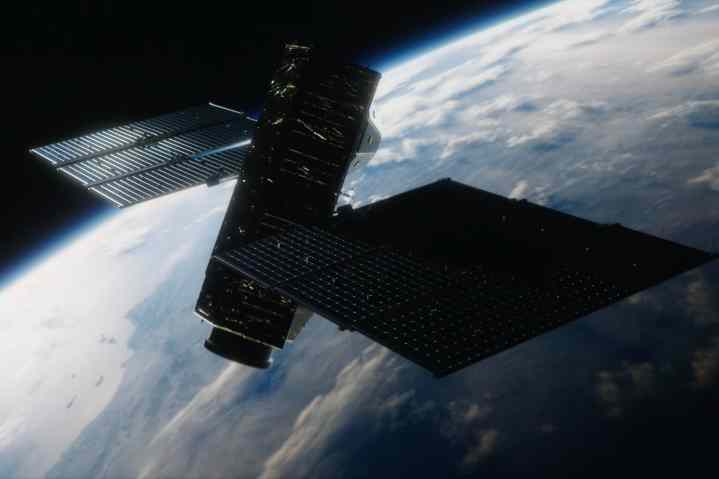
By contrast, if you have cellular service, you’re likely less than 10 miles away from a cellular tower. In practical terms, this means that even in ideal conditions — with a direct view of the sky and the horizon — satellite communications are substantially slower than cellular networks. In a best-case scenario, Apple says it will typically take about 15 seconds to transmit a short message via satellite. Add some trees with medium foliage to the mix, and that delay can increase to over a minute.
This brings up another critical point about Emergency SOS via satellite: You need to be outside to use it, with a reasonably clear view of the sky and the horizon. Since Apple didn’t want to add a big and bulky antenna to the iPhone, it needs to be pointed directly at a satellite with an unobstructed line of sight.
Emergency SOS via satellite may not work even if you’re under heavy foliage, and it certainly won’t function indoors or underground. Apple explains that hills, mountains, canyons, and tall structures can also interfere with establishing a satellite connection.
How do I summon help via satellite in an emergency?
Thankfully, Apple has considered these delays. In an emergency, you want to get help as quickly as possible, and trying to carry on a back-and-forth conversation is inefficient when each message could take a couple of minutes.
Since you obviously can’t see a satellite that’s hundreds of miles in orbit, your iPhone will provide guidance to help point your iPhone in the right direction to pick up an emergency satellite and lock in on it while also keeping your iPhone properly oriented during the emergency session.

Instead of simply opening up a text messaging window once you’ve established the emergency satellite link, your iPhone will ask you to answer a series of multiple-choice questions to quickly describe your situation and provide emergency responders with crucial information. Your iPhone will send these responses in the first message along with your Medical ID and emergency contact information, your location and elevation, and remaining battery life.
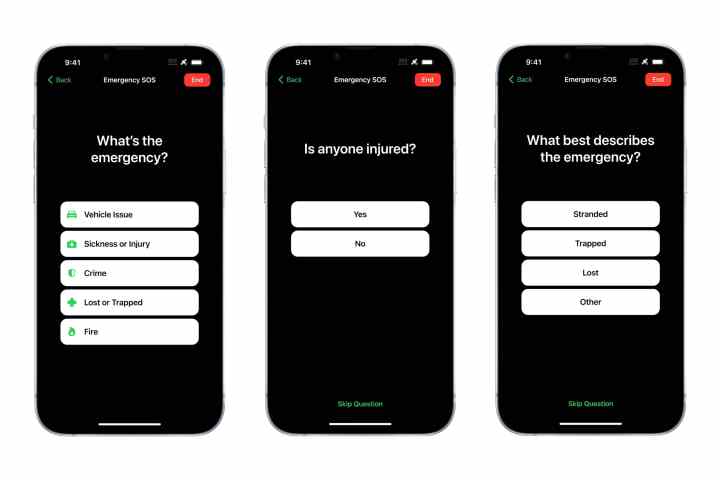
Once you’ve sent that initial request for help, emergency responders may ask you for more information via standard text messages, but the important thing is that they’ll have everything they need to get started on rescue efforts.
What do I need to use Emergency SOS via satellite?
Emergency SOS via satellite is exclusive to the iPhone 14, and the good news is that it’s available on every iPhone 14 model, from the 6.1-inch iPhone 14 to the 6.7-inch iPhone 14 Pro Max.
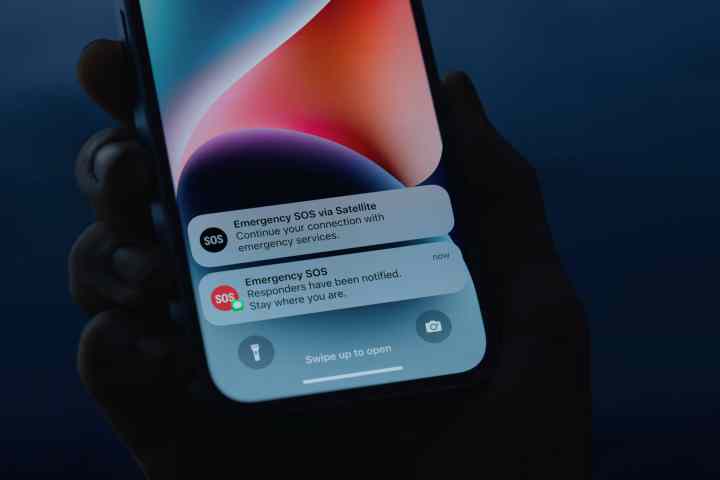
Emergency SOS via satellite isn’t part of the Apple Watch Series 8 — not even the Apple Watch Ultra. Mark Gurman shared earlier this year that Apple is working on bringing this feature to the Apple Watch. However, he added that it might not make the cut for this year’s lineup. Whether we’ll see it appear on a 2023 Apple Watch remains an open question, but considering the complex technology involved, Apple likely still has some work to do to get it to fit into the wearable.
Lastly, iPhone 14 models sold in mainland China, Hong Kong, and Macao won’t support the Emergency SOS via satellite feature. It’s not entirely clear why this is the case; it could be related to these models lacking support for eSIM or using other cellular frequencies that interfere with satellite communications. It also may simply be politics — it’s likely no coincidence that Huawei announced its own satellite-powered SOS feature earlier this week, only a day before Apple’s iPhone 14 event. Huawei’s system is also powered by Beidou, China’s state-owned GPS and communications satellite network.
Where can I use Emergency SOS via satellite?
Technically, Emergency SOS via satellite should let you call for help from anywhere on the globe. The problem is that getting that help is a bit more complicated as it relies on other factors, such as whether emergency responders in a given country or region are equipped for it.
It’s also important to remember that satellites only bounce signals back to the earth’s surface. There need to be ground stations to pick these up, and since Apple and Globalstar are building an entirely new satellite network, they also need to prepare the necessary stations on the ground.
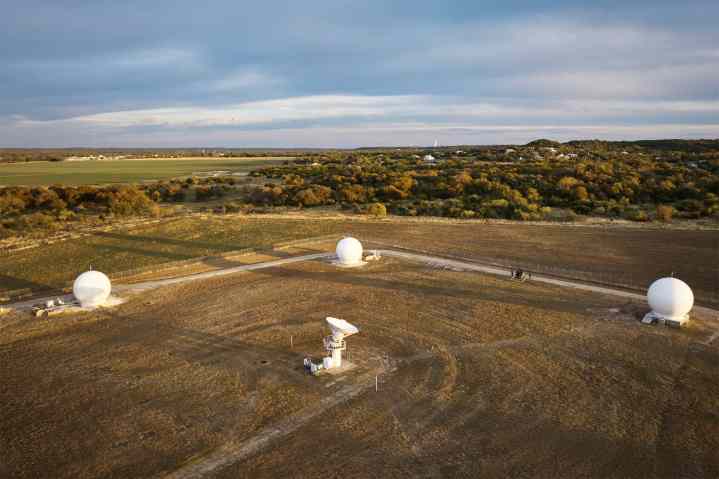
To accomplish this, Apple and Globalstar contracted another company, Cobham Satcom in California, to engineer and manufacture special high-powered antennas to receive the signals from its new satellite constellation. Apple reports that these antennas are now installed in all of Globalstar’s existing worldwide ground stations, including those in Texas, Alaska, Florida, and Puerto Rico, plus new ground stations built in Nevada and Hawaii specifically for the iPhone’s new satellite communication features.
Emergency SOS via satellite launched in the U.S. and Canada, which includes Puerto Rico and the U.S. Virgin Islands, but not Guam or American Samoa. As of December 2022, France, Germany, Ireland, and the U.K. also support Emergency SOS.
However, this refers to where Emergency SOS is physically available and has nothing to do with where you’re from, what region your iPhone is set to, or what carrier you normally use. International travelers who visit the U.S., Canada, and select European countries can use Emergency SOS via satellite as long as their iPhone 14 supports it; as noted earlier, those purchased in mainland China, Hong Kong, or Macao are sadly excluded.
Apple also notes that Emergency SOS via satellite might not work in extreme northern locations — those above 62 degrees north. That area encompasses most of Canada’s three northern territories and much of Alaska.
Emergency SOS via satellite also only supports American English, American Spanish, and French Canadian, and only Latin characters are supported in emergency text messages sent via satellite.
Is Emergency SOS via satellite available in Europe?
As mentioned above, Emergency SOS via satellite is available in select European countries — specifically France, Germany, Ireland, and the U.K. The feature has had something of a slow rollout, but Europeans outside of the countries that have the feature now can expect to hear more in 2023. Apple doesn’t specifically say which countries will be getting support next year, but based on how important the company says Emergency SOS via satellite is, it seems likely to expect an even bigger expansion in the year to come.
When will Emergency SOS via satellite be available?
Emergency SOS via satellite was one of those features that weren’t available when the iPhone 14 first launched in September. Instead, Apple said it would be coming in an iOS 16 software update expected to arrive in November 2022. This week, the company confirmed that it will be arriving later this month, presumably as part of the iOS 16.2 update currently in beta.
How much does Emergency SOS via satellite cost?
Perhaps one of the most exciting and surprising things about Apple’s satellite communications feature is the cost; Apple is offering it at no extra charge — sort of.
Technically, Apple isn’t saying there’s no charge for the service. In fact, the company is implying that it may eventually cost something — it’s merely including it for free for two years “with the activation of any iPhone 14 model.”
Apple hasn’t said what it might cost after that. Perhaps the company hasn’t even decided yet, which is fair as it has two years to figure that out. However, by comparison, Garmin charges a $15 monthly subscription fee for satellite connectivity on its inReach devices, but its customers get more than just basic emergency services for that price.
Considering that Apple is deploying its own satellites, its investors will expect it to eventually start making money off these communication features. However, rather than charging for the basic Emergency SOS features, Apple could come up with a bundle of more advanced features like weather and non-emergency texting to entice customers to opt for a paid tier.
Either way, the good news is you don’t need to worry about recurring fees for at least two years.
What else can I use iPhone 14 satellite communications for?
Apple is using its satellite connectivity to power one other feature that could come in handy even when you’re not in an emergency.
With the Find My app on an iPhone 14, you’ll be able to share your location via satellite, so your friends and family know where you are even when you’re far off the grid.
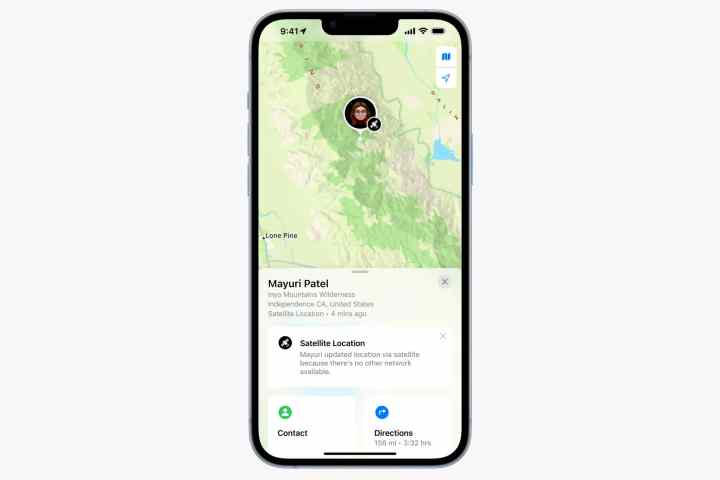
Unlike using your iPhone on cellular or Wi-Fi, where your location gets updated automatically in the background, you’ll have to share your location manually when using satellite communications. It’s not yet clear exactly how this will work or when it will be available; presumably, there will be a button somewhere in the iOS 16 Find My app, but we should find out soon when Apple launches its satellite connectivity features later this month.



